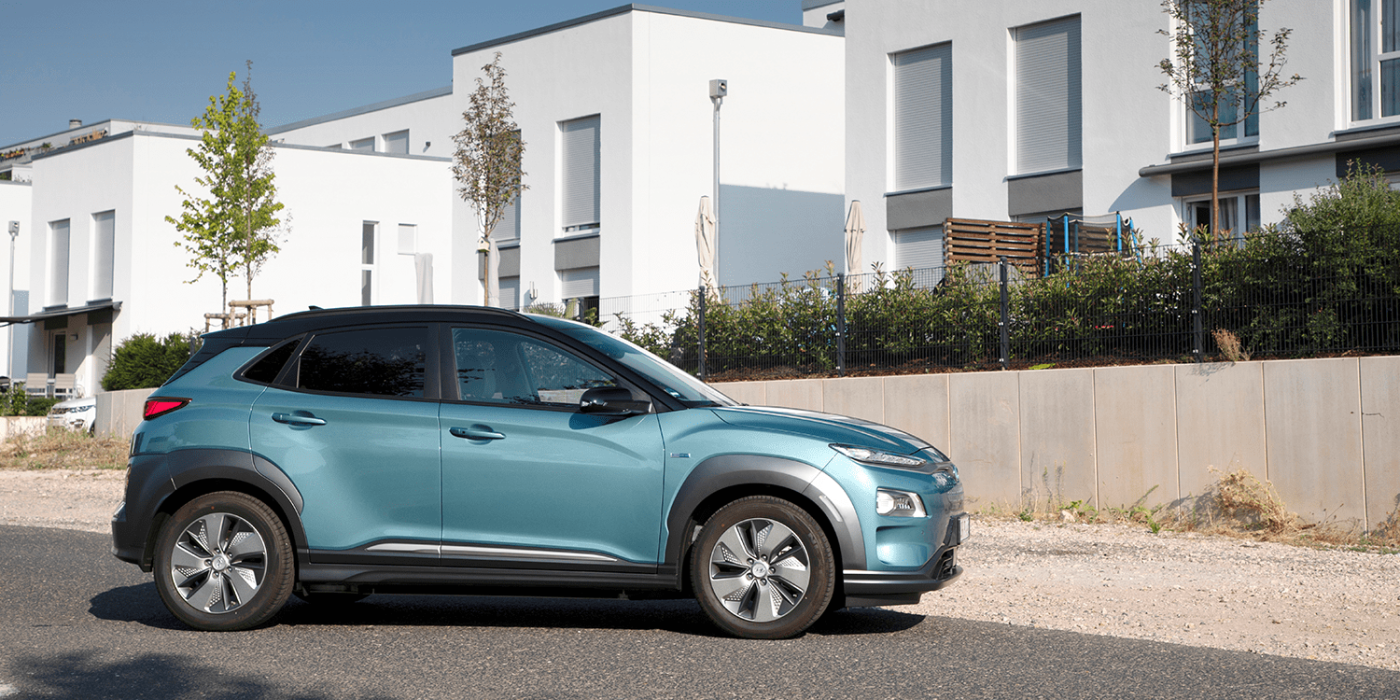Hyundai raises range of Kona EV made in Europe
Hyundai has increased range of the Kona Electric with 64 kWh battery from 449 to 484 kilometres (WLTP). That’s 35 km more, and the gains have been achieved by mostly mechanical means. Besides, a rear-mounted bicycle carrier is now also available.
The range increase of 35 kilometres (or eight per cent) is not due to changes in the drive or software. Instead, new low-resistance tires and unspecified adjustments to the chassis are intended to lead to lower rolling resistance, which in turn directly reduces consumption. The average energy consumption in the WLTP cycle drops from 15.4 to 14.7 kWh/100 km.
The power output of 150 kW and the energy content of the battery of 64 kWh remain the same. The changes only affect this version of the Kona Electric, which Hyundai is now building at the Czech plant in Nošovice as reported. The somewhat weaker drive version with 100 kW drive power and 39.2 kWh battery does not benefit from the new features. It will continue to be made at the South Korean plant in Ulsan and imported to Europe.
In total, Hyundai promised to triple the availability of its Kona Electric (called Kona Elektro in Germany) for customers in Europe. The increased capacity in the Czech Republic is to “keep pace with rising demand,” that Hyundai says has exceeded expectations since the start of sales in 2018. Dong Woo Choi, President and CEO of Hyundai Motor Europe, sees “a huge potential for EVs in the European market”.
To make electric driving ever more attractive and their EV more usable, Hyundai is introducing another change to the 150-kW Kona in Europe: a bicycle carrier with a 100-kilogram support load. “With an optional carrier system at the rear on which the Hyundai Original bicycle carrier, available as an accessory, can be mounted, transporting e-bikes, for example, becomes child’s play,” Hyundai describes the bicycle carrier in the communication. The Koreans are hoping for “increased everyday use” from the accessory. However, the Kona Electric still does not have a fully-fledged trailer coupling.
>> With reporting by Sebastian Schaal.
hyundai.news (in German)





1 Comment